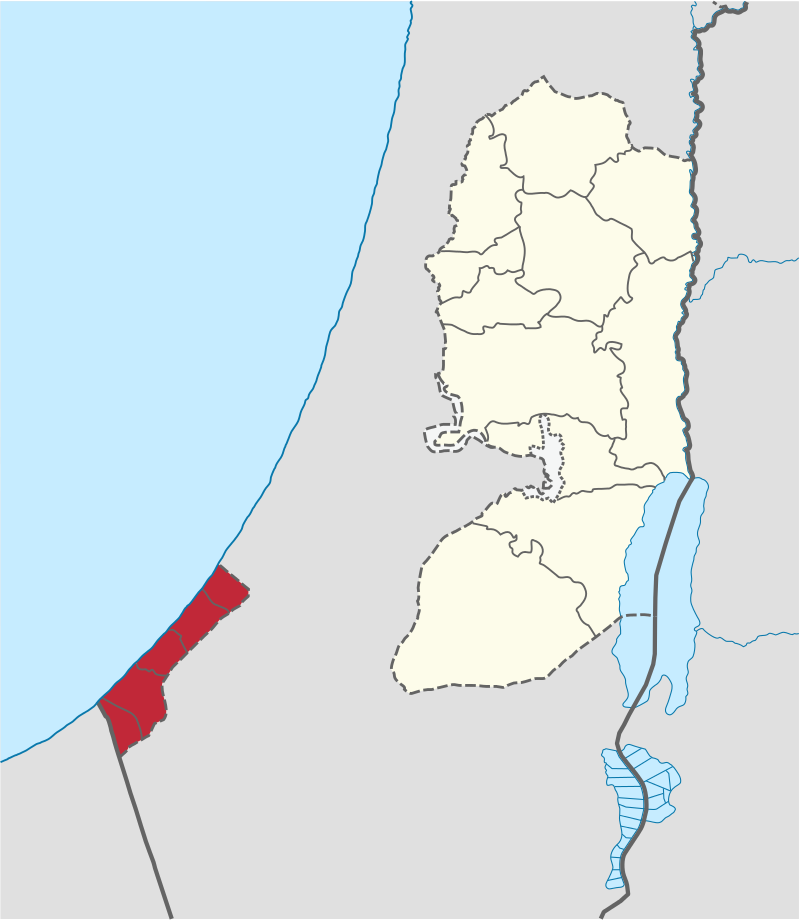The Gaza Strip, often simply referred to as Gaza, is a small, densely populated territory located on the eastern coast of the Mediterranean Sea, bordered by Israel to the north and east, and Egypt to the southwest. As one of the two Palestinian territories, alongside the West Bank, it is a focal point of the Israeli-Palestinian conflict and a territory that has endured decades of political turmoil, blockade, and devastating humanitarian crises.
Geography and Demographics
Measuring approximately 41 kilometers (25 miles) long and 6 to 12 kilometers (3.7 to 7.5 miles) wide, the Gaza Strip covers an area of about 365 square kilometers (141 square miles). Despite its small size, it is home to over two million Palestinian Arabs, including a very high proportion of refugees and their descendants from the 1948 and 1967 Arab-Israeli wars. This concentration of people makes it one of the most densely populated areas in the world. Gaza City is the largest city and its unofficial capital. The population is overwhelmingly Sunni Muslim, with a small Christian minority.
A Turbulent History
The modern history of the Gaza Strip is intrinsically linked to the broader conflict in the region:
- Formation and Egyptian Rule (1948–1967): The Strip’s current borders were defined after the 1948 Arab-Israeli War. Following the conflict, Egyptian forces were left in control of this small area, which became a refuge for tens of thousands of Palestinians who fled or were expelled from their homes in what became Israel—an event Palestinians refer to as the Nakba (“catastrophe”). The area was under Egyptian military rule, and the refugees were not granted Egyptian citizenship.
- Israeli Occupation (1967–2005): Israel captured the Gaza Strip from Egypt during the 1967 Six-Day War. For decades, Israel maintained a military presence and built settlements in the area. The first Palestinian uprising (Intifada) against the Israeli occupation erupted in Gaza in 1987.
- Limited Palestinian Self-Rule (1994–2007): The 1993 Oslo Accords between Israel and the Palestine Liberation Organization (PLO) led to the establishment of the Palestinian Authority (PA), which took over limited governmental functions in parts of Gaza and the West Bank. In a unilateral move, Israel withdrew all of its troops and dismantled its settlements in Gaza in 2005.
- Hamas Control and Blockade (2007–Present): In 2006, the militant Islamist group Hamas won the Palestinian legislative elections. Following a brief but violent conflict with the Fatah-led PA in 2007, Hamas took effective control of the Gaza Strip. In response, Israel and Egypt imposed a comprehensive blockade on the territory, severely restricting the movement of people and goods.
The Ongoing Humanitarian Crisis
The blockade, compounded by recurring conflicts between Israel and Hamas and the recent intensification of the war since October 2023, has resulted in a dire humanitarian situation. Gaza’s economy has been largely crippled, leading to one of the world’s highest unemployment rates and widespread poverty.
The recent military operations have had catastrophic effects:
- Mass Displacement and Damage: The war has led to immense loss of life, mass internal displacement, and the extensive damage or destruction of homes, schools, hospitals, and critical infrastructure.
- Famine and Health Crisis: The restrictions on humanitarian aid have caused a severe hunger crisis, with parts of Gaza officially facing famine. The healthcare system is decimated, with many hospitals only partially functional and critical shortages of medicine, fuel, and supplies. Infectious diseases and malnutrition are rampant, particularly among children.
- “Open-Air Prison”: Due to the blockade and the severe restrictions on movement, Gaza has often been described by critics as an “open-air prison.” The territory remains a complex and volatile area, with its political status disputed and its population enduring immense hardship as a consequence of the long-standing geopolitical conflict.
